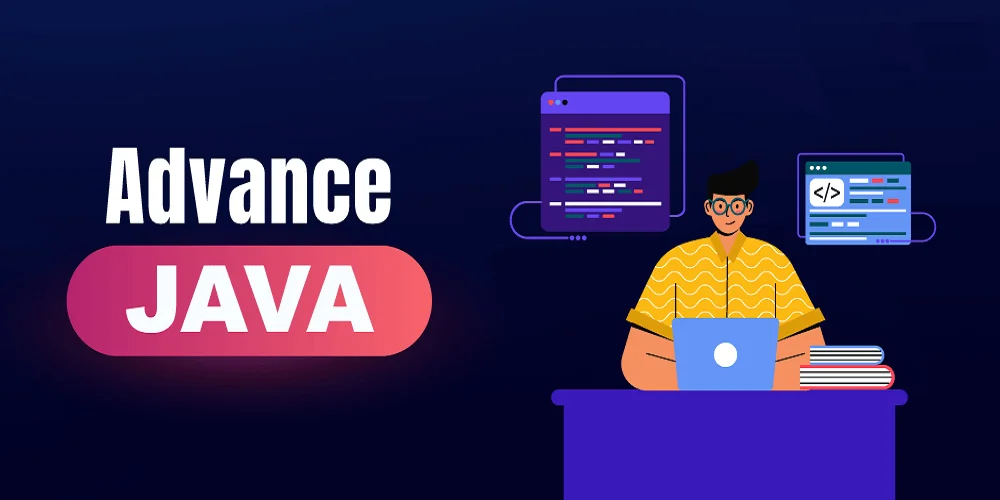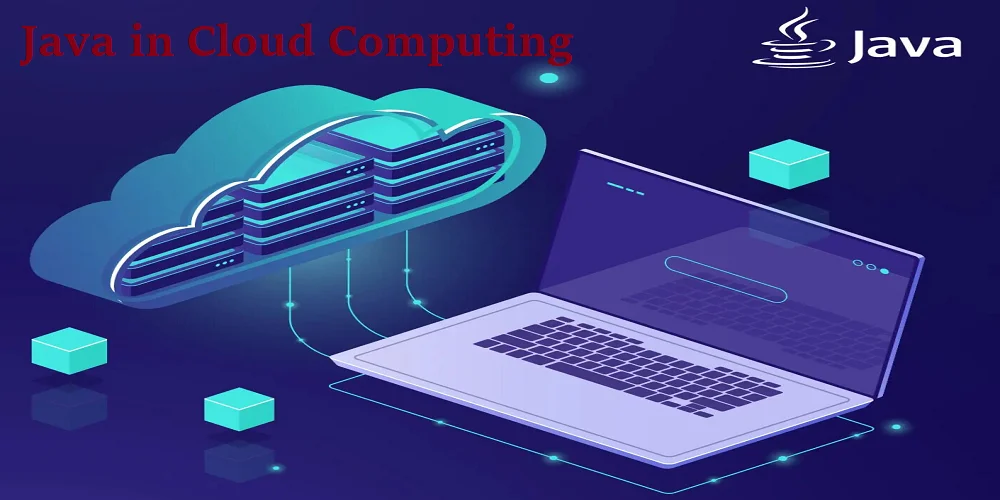CompletableFuture in Java 8: Introduction
The CompletableFuture subject in Java is a powerful feature in Java 8 as type of the java.util.concurrent package. CompletableFuture in Java 8 offers where they can write asynchronous, non-blocking code, to manage difficult operations that could function simultaneously.
CompletableFuture is particularly useful in scenarios where:
- Multiple tasks need to be performed asynchronously and possibly combined later.
- Long-running tasks can be run in parallel without blocking the main thread.
- Handling IO-bound processes like database requests, file handing out, or website service callings.
Advantages and Disadvantages
A) Advantages
- Non-blocking: It lets the implementation of tasks having no blocking of the threads.
- Flexible: It can get mixed with many techniques to create multifaceted workflows.
- Concurrency: It is simple to write concurrent code without disturbing in low-level threading concepts.
B) Disadvantages
- Complexity: Can become difficult to manage and understand in large, complex applications.
- Debugging: More challenging compared to synchronous code.
- Overhead: May introduce overhead if not used properly, leading to performance issues.
Various Methods in CompletableFuture
1. thenApply()
The thenApply() method is used to process and transform the result of a CompletableFuture once it is completed. This technique takes a Meaning as an dispute, which is useful to the result of the CompletableFuture. For instance, if you have a task that returns a string, you can use thenApply() to append additional text to that string.
CompletableFuture<String> future = CompletableFuture.supplyAsync(() -> "Hello")
.thenApply(result -> result + " World");
System.out.println(future.join()); // Output: Hello World
2. thenAccept()
The thenAccept() method is a terminal operation in the CompletableFuture pipeline that consumes the result of a CompletableFuture once it is completed. Unlike thenApply(), which transforms the result, thenAccept() simply processes the result without returning any value. This method is particularly useful when you need to perform an action based on the result, such as logging, printing, or updating a UI component, but do not need to pass the result down the chain. Since thenAccept() consumes the result without transforming it, it accepts a Consumer as its argument. This allows you to define any action that should be performed when the CompletableFuture completes successfully.
CompletableFuture.supplyAsync(() -> "Hello")
.thenAccept(result -> System.out.println("Result: " + result));
The thenAccept() method is often used in scenarios where the result of a computation needs to be processed, but no further computation is required. It ensures that the result is handled appropriately without further chaining of CompletableFuture methods.
2.1 Key Characteristics
- Non-blocking Execution: Like other methods in the
CompletableFutureAPI,thenAccept()does not block the main thread. The action provided tothenAccept()is executed asynchronously when the precedingCompletableFuturecompletes. - Terminal Operation: Since
thenAccept()does not return a newCompletableFuture, it acts as a terminal operation in the asynchronous pipeline. This makes it ideal for cases where you want to perform a side effect (like logging or updating a UI) but do not need further processing. - Side Effects: The primary purpose of
thenAccept()is to perform side effects, such as interacting with external systems, updating state, or triggering events. - No Exception Handling: If the original computation throws an exception,
thenAccept()will not be executed. If you need to handle exceptions in a similar manner, you would useexceptionally()orhandle()in conjunction withthenAccept().
3. thenCombine()
The thenCombine() method is used to combine the results of two CompletableFuture instances once both are completed. The thenCombine() method accepts two arguments:
- The second
CompletableFutureto be combined with the first. - A
BiFunctionthat defines how the results of bothCompletableFutureinstances should be combined.
Once both CompletableFuture instances complete, the BiFunction is executed with the results of both futures, producing a new result. This mutual result is later closedd in a new CompletableFuture, which is further bound or administered.
CompletableFuture<String> future1 = CompletableFuture.supplyAsync(() -> "Hello"); CompletableFuture<String> future2 = CompletableFuture.supplyAsync(() -> "World"); CompletableFuture<String> combinedFuture = future1.thenCombine(future2, (result1, result2) -> result1 + " " + result2); System.out.println(combinedFuture.join()); // Output: Hello World
3.1 Key Characteristics
- Combining Results: The primary purpose of
thenCombine()is to combine the results of two independentCompletableFutureinstances. This is particularly useful when multiple asynchronous tasks need to be completed before proceeding with further computation. - BiFunction: The
BiFunctioninterface is used to define the logic for combining the results. - It revieves two input constraints (the results of the two futures) and produces a single output, which becomes the result of the collective CompletableFuture.
- Non-blocking: Like other approaches in the CompletableFutureAPI, thenCombine() functions asynchronously. It does not block the main thread, ensuring that your application remains receptive.
- Execution Order:
thenCombine()ensures that bothCompletableFutureinstances complete before the combination logic is applied. The order in which the futures complete does not matter, as the combination is only performed once both are done. - Thread Management: The execution of the combination logic may be performed in the same thread as the last completed future or in a different thread, depending on the underlying thread management. This ensures that the combination process is efficient and does not unnecessarily block threads.
4. exceptionally()
The exceptionally () process in the CompletableFuture API is intended to know exemptions that happens at the time of the execution of a CompletableFuture. The exceptionally() receives a Function that has Throwable as an input and gives a value of the similar kind as the unique CompletableFuture. This value is used to comprehensive the future if an exclusion is thrown at the time of asynchronous computation.
CompletableFuture<String> future = CompletableFuture.supplyAsync(() -> {
if (true) {
throw new RuntimeException("Exception occurred!");
}
return "Result";
}).exceptionally(ex -> "Handled Exception: " + ex.getMessage());
System.out.println(future.join()); // Output: Handled Exception: Exception occurred!
4.1 Key Characteristics
- Exception Handling: The primary purpose of
exceptionally()is to handle exceptions that occur during the asynchronous computation. It provides a fallback mechanism that ensures theCompletableFuturecan still complete successfully, albeit with an alternative result. - Non-blocking Error Handling: Like other methods in the
CompletableFutureAPI,exceptionally()operates asynchronously. It does not block the main thread and ensures that the exception handling logic is applied as soon as the exception occurs. - Controlled Recovery: The
exceptionally()method allows you to control how your application recovers from errors. You can log the exception, provide a default value, or trigger other recovery mechanisms to maintain the flow of your program. - Chaining: Since
exceptionally()returns a newCompletableFuture, it can be chained with other methods in theCompletableFutureAPI, allowing you to continue processing even after an error has occurred. - Completeness: If no exception is thrown, the
exceptionally()block is never executed, and the original result is returned. This ensures that the error handling logic is only applied when necessary.
Exception Handling in CompletableFuture
Exception handling in CompletableFuture can be done using methods like exceptionally(), handle(), and whenComplete(). These methods allow you to recover from exceptions or handle them gracefully without disrupting the workflow.
1. Using handle()
The handle() method allows you to process the result or handle an exception.
CompletableFuture<String> future = CompletableFuture.supplyAsync(() -> {
if (true) {
throw new RuntimeException("Error occurred!");
}
return "Success";
}).handle((result, ex) -> {
if (ex != null) {
return "Handled Error: " + ex.getMessage();
}
return result;
});
System.out.println(future.join()); // Output: Handled Error: Error occurred!
2. Using whenComplete()
The whenComplete() method allows you to perform an action after the CompletableFuture is complete, regardless of whether it completed successfully or exceptionally.
CompletableFuture<String> future = CompletableFuture.supplyAsync(() -> {
if (true) {
throw new RuntimeException("Exception occurred!");
}
return "Success";
}).whenComplete((result, ex) -> {
if (ex != null) {
System.out.println("Exception: " + ex.getMessage());
} else {
System.out.println("Result: " + result);
}
});
future.join(); // Output: Exception: Exception occurred!
Compare Java 23 vs Java 22 to understand how the new version enhances performance and adds new features.
Conclusion
CompletableFuture is a adaptable tool in Java for management of asynchronous software design. While it delivers many benefits such as non-blocking implementation and tractability, it even offers difficulty and above if not used sensibly. If you’re seeing to execute unconventional Java features in the projects, it’s helpful to hire Java developers who are knowledgeable in using CompletableFuture and concurrent programming tools.
Read more:



